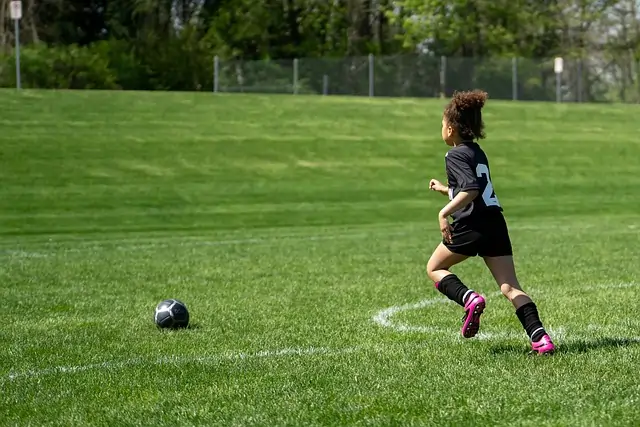
Football, or soccer as it's known in many parts of the world, is a game of strategy and skill. While individual brilliance can often win matches, a well-executed tactical plan is essential for long-term success. For beginners, understanding the basics of football tactics can enhance their enjoyment of the game and make them more informed fans.
- Formation: The formation refers to the arrangement of players on the pitch. It's a crucial element of a team's tactical approach. Common formations include:
- 4-4-2: A classic formation with four defenders, four midfielders, and two strikers.
- 4-3-3: A popular formation featuring four defenders, three midfielders, and three strikers.
- 3-5-2: There is a formation with three defenders, five midfielders, and two strikers. It is used by teams that prioritize possession and control.
- Playing Style: Teams can adopt different playing styles, each with its own advantages and disadvantages. Some common styles include:
- Possession Football: Teams that prioritize keeping the ball and controlling the tempo of the game. They often build attacks patiently from the back and look to dominate possession.
- Counter-Attacking Football: Teams that focus on quick attacks after winning the ball back. They often play defensively and wait for opportunities to strike on the counter.
- High Pressing: Teams that aggressively press the opposition high up the pitch to force turnovers and create scoring chances.
- Defensive Tactics: Defensive tactics involve organizing the team to prevent the opposition from scoring. Key defensive principles include:
- Marking: Assigning players to mark specific opponents to limit their influence.
- Pressing: Applying pressure on the ball carrier to force turnovers.
- Covering: Ensuring that players are positioned to cover gaps in the defense.
- Offside Trap: Setting a trap to catch the opposition offside.
- Offensive Tactics: Offensive tactics focus on creating scoring opportunities and converting them into goals. Key offensive principles include:
- Passing: Accurately passing the ball to teammates to move forward and create chances.
- Dribbling: Beating defenders with individual skill to progress the ball.
- Crossing: Delivering balls into the box for headers or volleys.
- Shooting: Attempting to score goals by striking the ball at the goal.
- Tactical Flexibility:Successful teams are often able to adapt their tactics to different situations during a match. It encourages them to respond to changes in the game and exploit weaknesses in the opposition.
